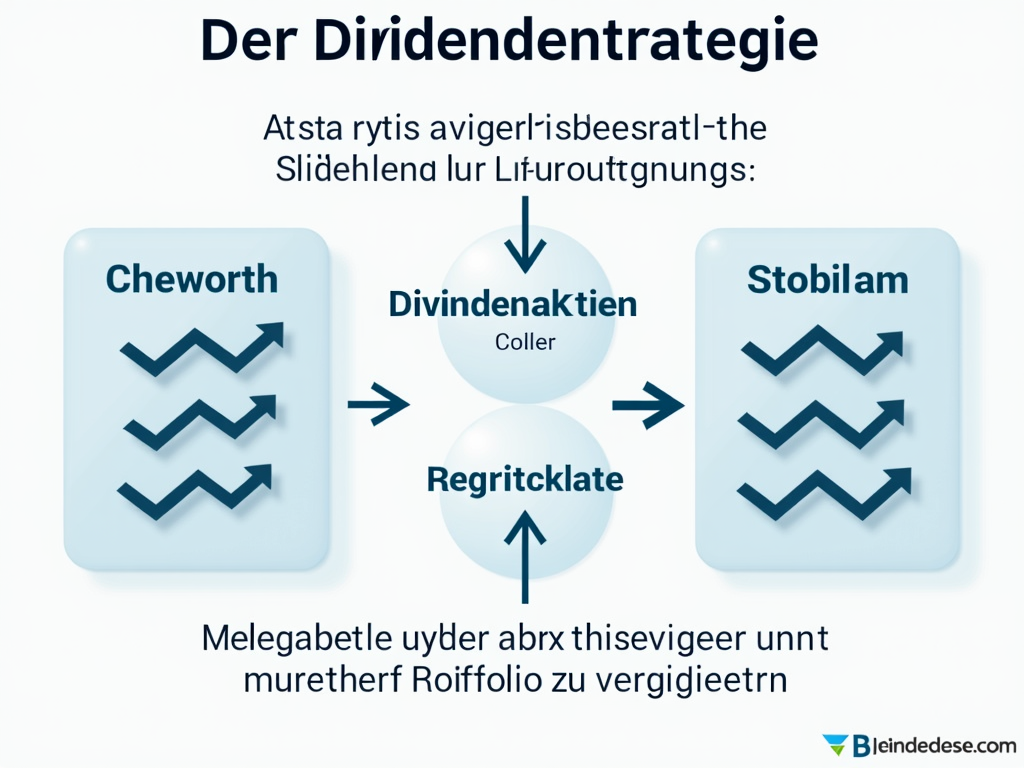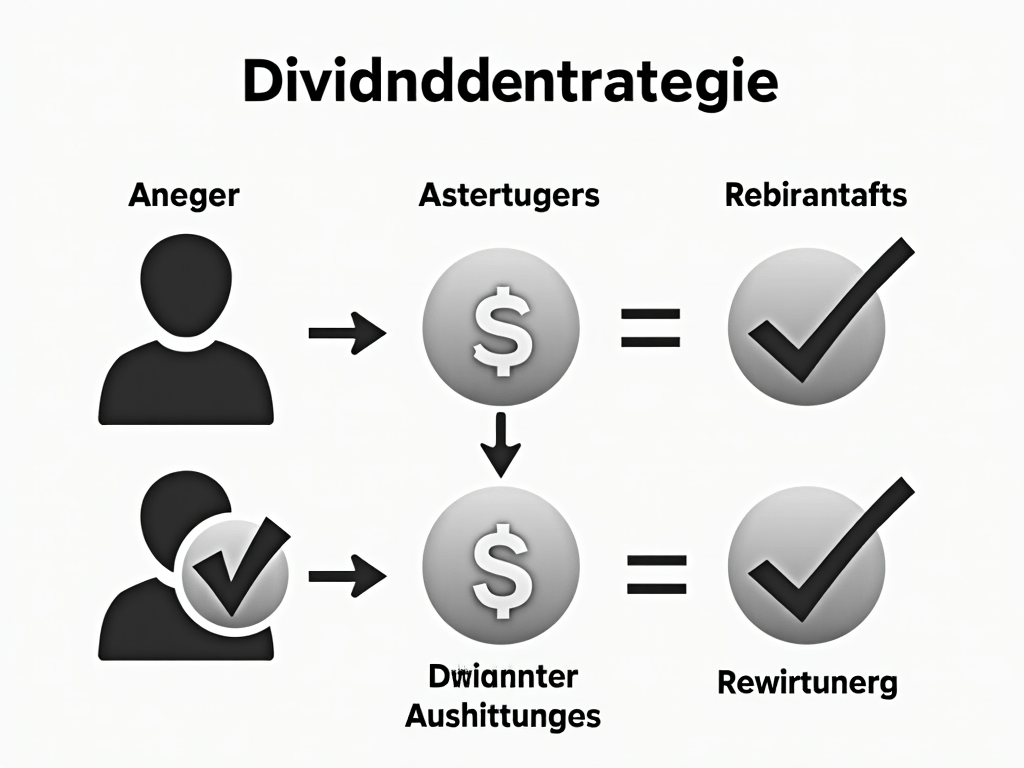The dividend strategy is a proven method for generating stable passive income. By investing in dividend-paying stocks, investors can benefit from regular income. This approach is particularly appealing for long-term investors who value stability and ongoing growth. The following chapters explore how dividend-paying stocks work and which stocks are particularly suitable for generating solid income while minimizing risks.
The Art of Passive Income: How Dividend-Paying Stocks Really Work

For many investors, dividend-paying stocks are the key to a stable passive income stream. This form of investment offers the advantage of regular distributions, which occur quarterly or annually. But what exactly are dividend-paying stocks and how do they work? Essentially, these are shares of companies that do not reinvest a portion of their profits but distribute them to their shareholders. These distributions are primarily found in large, established companies that have solid profit margins.
When a company distributes dividends, its decision is often based on financial results and long-term strategy. For investors, such distributions represent a steady source of income, which functions regardless of short-term fluctuations in the stock market. This stability is one of the main reasons why dividend-paying stocks are often less volatile than pure growth stocks. An additional advantage comes from the effect of compound interest, which occurs when received dividends are reinvested. Over the long term, this can lead to exponential growth of wealth.
To fully leverage the advantages of dividend-paying stocks, investors have various strategies at their disposal. A classic approach is to invest directly in individual stocks with a strong dividend history. Alternatively, dividend-paying ETFs and funds offer extensive diversification, thus reducing the risk associated with holding individual stocks. These funds collect various dividend-paying stocks, allowing investors to benefit from a more stable return.
However, there are also risks and considerations to keep in mind. The performance of the company in which one invests is crucial. In the event of economic difficulties, the company may be forced to modify its dividend policy or suspend payments. Investors should therefore always pay attention to a diversified portfolio. Additionally, tax aspects need to be considered, as dividends are taxable in many countries, regardless of whether they are paid out or reinvested.
In conclusion, dividend-paying stocks offer an attractive way to generate income. By combining them with ETFs or funds, one can further diversify risks while maximizing the effect of compound interest. This strategy is particularly suitable for long-term investors who value regular and reliable income.
Selection of Profitable Stocks for the Perfect Dividend Strategy

The art of the dividend strategy lies in the careful selection of stocks that offer not only reliable dividend payments but also growth. A key aspect is identifying companies with a solid dividend history, often referred to as dividend aristocrats. These companies stand out for their ability to regularly and continuously increase dividends over the years, which is a sign not only of financial stability but also of business growth.
Diversification is another crucial element of this strategy. By spreading one’s portfolio across various sectors and geographical regions, risk is significantly minimized. For example, investing in sectors such as banking, telecommunications, or energy supply, known for being stable and reliable dividend payers, can help build a balanced and robust portfolio.
The deliberate use of dividend strategy instruments can further optimize returns. While some investors seek direct investments in dividend-paying stocks, dividend-paying funds and ETFs offer automated diversification. Products like the “Global Dividend Aristocrats ETF” or the “All-World High Dividend Yield ETF” can provide vast diversification and are particularly attractive for investors looking to avoid the risks of individual stocks.
Moreover, compound interest through dividend reinvestment plays a fundamental role. By continuously reinvesting received dividends, the potential of the investment is maximized exponentially. However, this approach requires patience and discipline, as the dividend strategy is oriented toward long-term returns.
To derive the maximum benefit from the dividend strategy, investors should not overlook tax aspects. Ensuring tax efficiency means understanding the tax treatment of dividends in various regions and acting accordingly to optimize net returns.
In summary, choosing the right stocks is central to a successful dividend strategy. A careful analysis of dividend history, extensive diversification across different sectors and regions, and disciplined reinvestment of dividends can guarantee a solid passive income over the long term. In this way, investors can benefit not only from stability but also from the future growth potential of their investments.